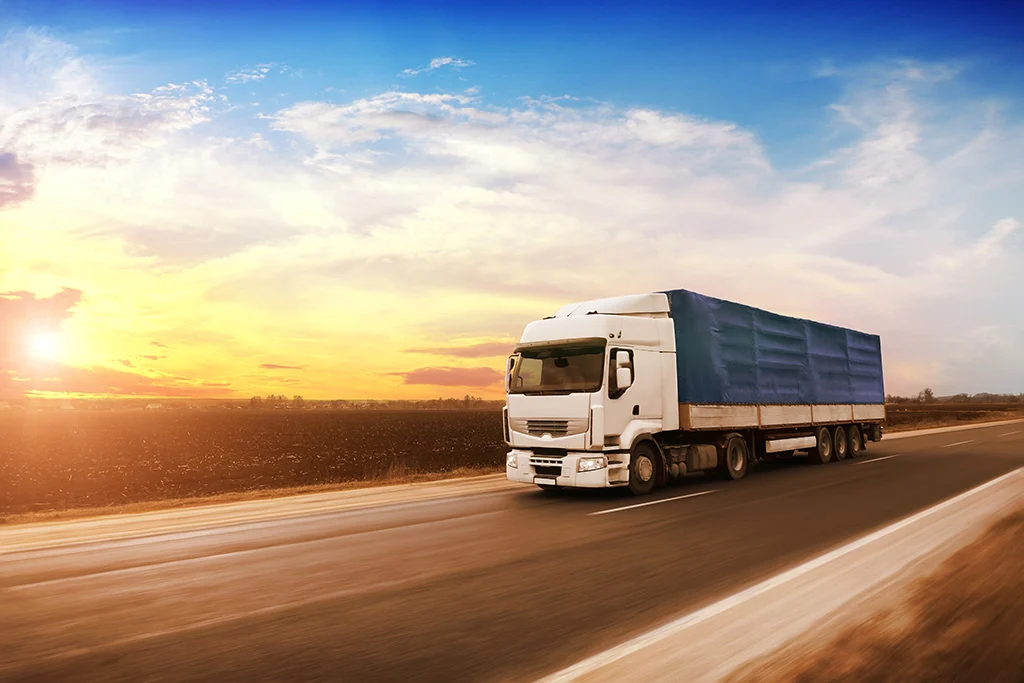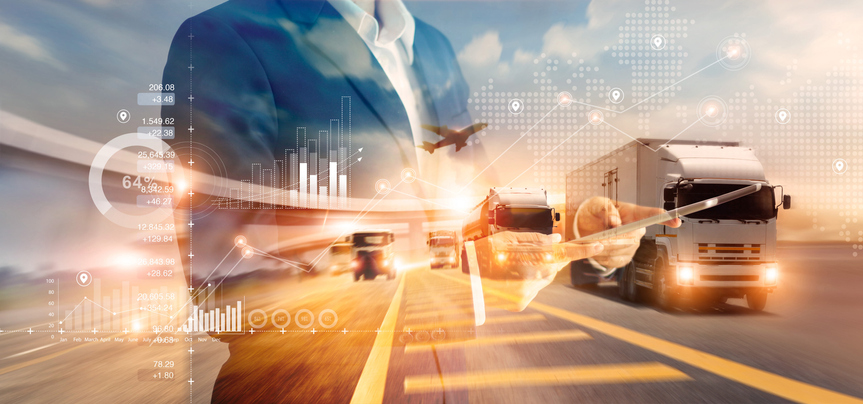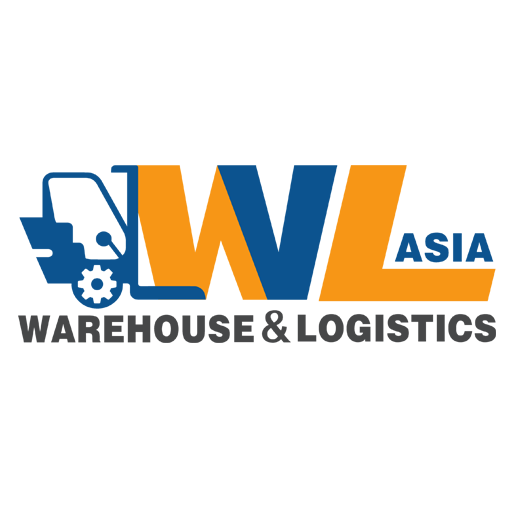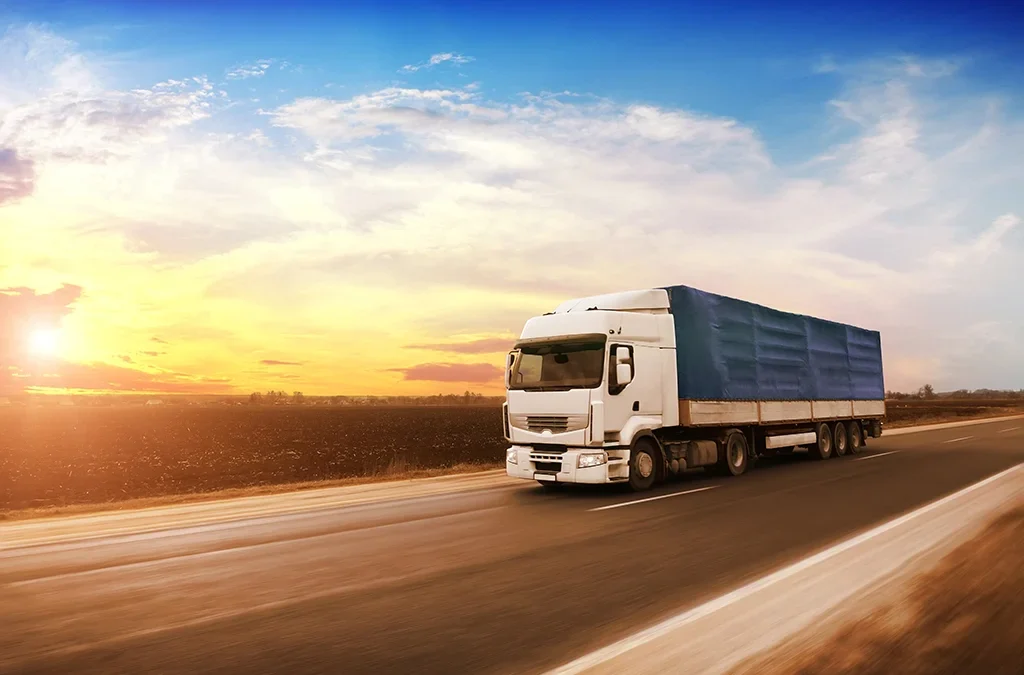
As 2025 quickly approaches, we’re looking into the future. Which major trends will shape the logistics and transport trends in the year ahead? And, more importantly, what can your organisation do to stay ahead of the competitors?

1. Digital transformation and automation
Technologies like cloud-based platforms and machine learning will drive greater efficiency across logistics operations by streamlining processes such as inventory management, route optimization and warehouse automation. In 2025, companies are increasingly consolidating their tools to reduce complexity and improve visibility. Relying on multiple systems often leads to inefficiencies, higher error rates, and increased labor costs due to the need to train staff across different platforms.
By adopting integrated solutions, businesses can achieve more seamless automation and minimise the challenges of fragmented systems, unlocking new levels of operational agility and reducing manual intervention.
Digital transformation has been a major supply chain trend for years, but we to see major developments in 2025. Automation will play a central role in streamlining processes. Technologies like generative artificial intelligence (genAI) and machine learning will enhance efficiency across operations such as inventory management, route optimization and warehouse automation.
Cloud-based platforms will also become increasingly vital, enabling companies to manage all their logistics needs from a single dashboard. This trend will help businesses to reduce costs, enhance accuracy and remain agile.
2. Data-driven decision making and predictive analytics
Big data and predictive analytics are becoming essential for logistics and transport companies aiming to boost efficiency. Predictive analytics is becoming particularly valuable in route planning, as it helps optimise routes, reduce fuel consumption, avoid delays and improve delivery times.
These tData-driven technologies like these also enable businesses to anticipate demand fluctuations and better manage vehicle allocation, so they minimise idle time and empty kilometres, lower costs and reduce their environmental impact.
3. Sustainability and green logistics
Sustainability is a top priority as new regulations like the EU Green Deal and Corporate Sustainability Reporting Directive (CSRD) and the SEC Climate Disclosure Rules in the US come into effect. Companies will increasingly turn to green logistics practices, like using electric vehicles and reducing empty kilometres. A key priority for many organisations is obtaining certification to accurately report their CO2 emissions, which is becoming essential in meeting these new regulations. These initiatives also align with growing consumer demands for eco-friendly products and services.
Logistics companies that adopt sustainable practices now can expect long-term benefits, including reduced operational costs and enhanced brand reputation. Sustainability is also closely tied to the other trends of digitalisation and predictive analytics, as these technologies enable companies to operate far more efficiently.
4. Real-time monitoring and enhanced transparency
In 2025, real-time monitoring in trucking and overland logistics will become more advanced due to widespread adoption of IoT sensors and 5G connectivity. This enables full visibility into vehicle performance, fuel efficiency, driver behaviour and road conditions in real time.
Companies like CO3 are using real-time data to automate many manual tasks, such as updating ETAs, which is now handled through live tracking. In addition, businesses are digging deeper into the root causes of delays, analysing early factors that lead to inefficiencies and using this data to optimise future orders.
These technologies allow shippers and carriers to respond quickly to disruptions. Additionally, they enhance transparency, which helps companies meet stricter regulatory requirements for emissions tracking and safety compliance.
5. Customer-centric and agile supply chains
As e-commerce continues to grow, customer expectations for fast, personalised deliveries are rising. In response, logistics companies are adopting more flexible, customer-centric supply chains. This shift includes the use of omnichannel logistics, where multiple delivery channels are integrated to offer faster and more customised services.
By 2025, innovations in last-mile delivery, such as autonomous vehicles and drones, will start to play a significant role in meeting these expectations. Additionally, companies will increasingly use elastic logistics models, allowing them to scale operations up or down depending on demand fluctuations. This agility helps businesses remain competitive while maintaining high service levels.
Is your organisation ready for the future?
As 2025 approaches, logistics companies must adapt to these emerging trends to stay competitive and future-proof their operations. Cloud-based transportation management systems like the CtrlChain platform provide the tools your company needs to stay on top of these changes, including solutions for automation, data-driven decision-making and real-time monitoring.
With advanced features for predictive analytics, CtrlChain helps your business optimise its routes, reduce costs and comply with sustainability rules, keeping your operations agile, transparent and customer-centric. Contact us today and get started with a free demo.
source by : https://www.linkedin.com/

